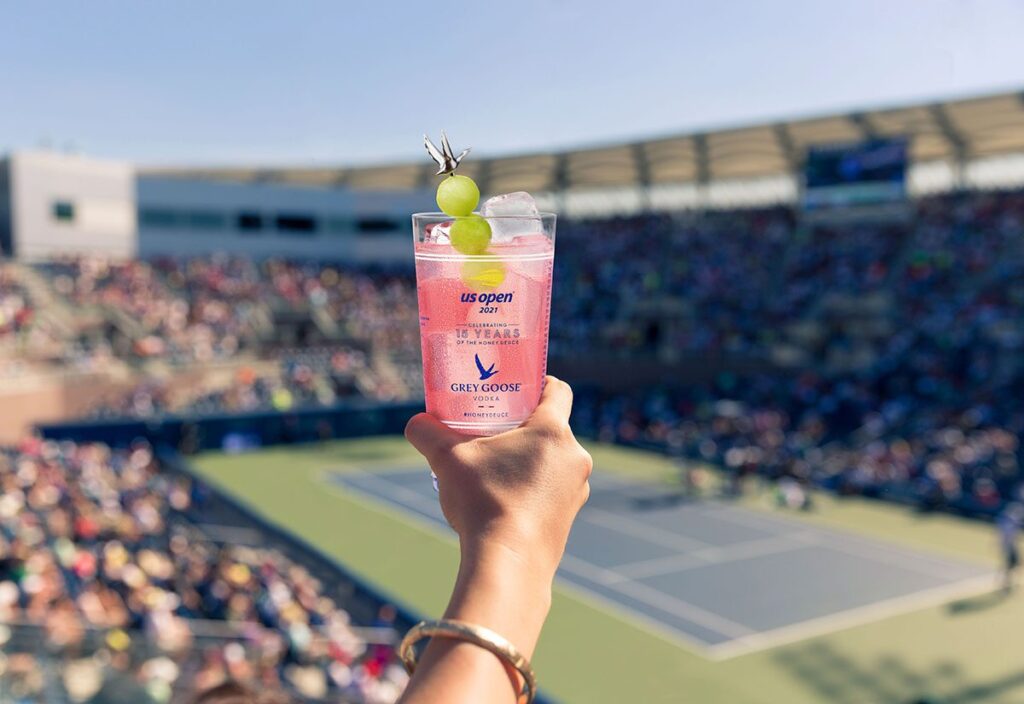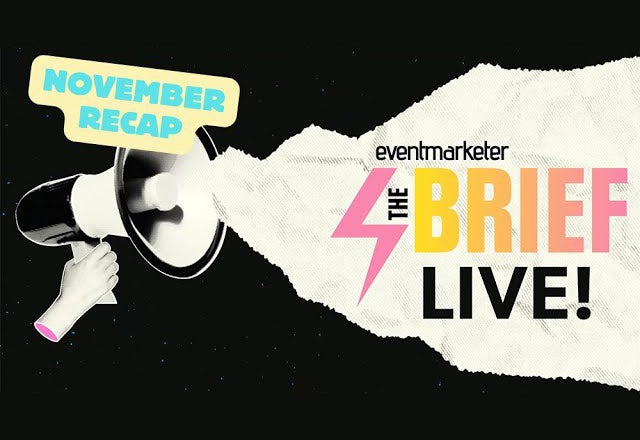After sponsoring the US Open for 17 straight years, Grey Goose has learned a thing or two about sports sponsorships. Each year, tennis fans sip Grey Goose’s signature cocktail, the Honey Deuce, which serves as an anchor for its sponsorship activations and hospitality experiences at the Billie Jean King National Tennis Center in New York. Here is how the program has evolved over time, the ways in which the brand engages consumers and how this year’s strategy embraced a hybrid approach, according to an executive Q&A with Aleco Azqueta, VP of Marketing at Grey Goose, in Event Marketer.
On the US Open as a platform to engage consumers:
“For the first decade or so, our primary avenue to engage consumers was on-site at the stadium. Over the years, however, we’ve been able to expand our reach and meet fans at several different touchpoints, including on-premise, e-commerce and social media,” Azqueta says. The brand partners with local bars to feature the cocktail during the Open and hosts watch parties for those fans unable to make it for the games live in New York.
On keeping Grey Goose experiences fresh:
In 2018, it introduced the Frozen Honey Deuce to help fans cool off during hot matches, and the next year it released a limited-edition US Open bottle with the USTA. In 2020 it launched a Honey Deuce Cocktail Kit for fans at home. “Further, to expand our digital ecosystem, we continue to tap our influencer partners to share their US Open Honey Deuce experiences in new and exciting ways, and find new ways to amplify it all on social.”
On this year’s hybrid approach:
Grey Goose once again served the Honey Deuce at food stands across the stadium, but it also offered an enhanced cocktail kit with all the ingredients this time—including vodka, lemonade, raspberry liqueur and honeydew melon—along with a commemorative cup. “Even though the stadium was again operating at full capacity, we knew not all consumers were willing or able to attend in-person, so we wanted to ensure that there were still options for those watching from home,” he says.
For the full Q&A with Azqueta, read on in Event Marketer.





